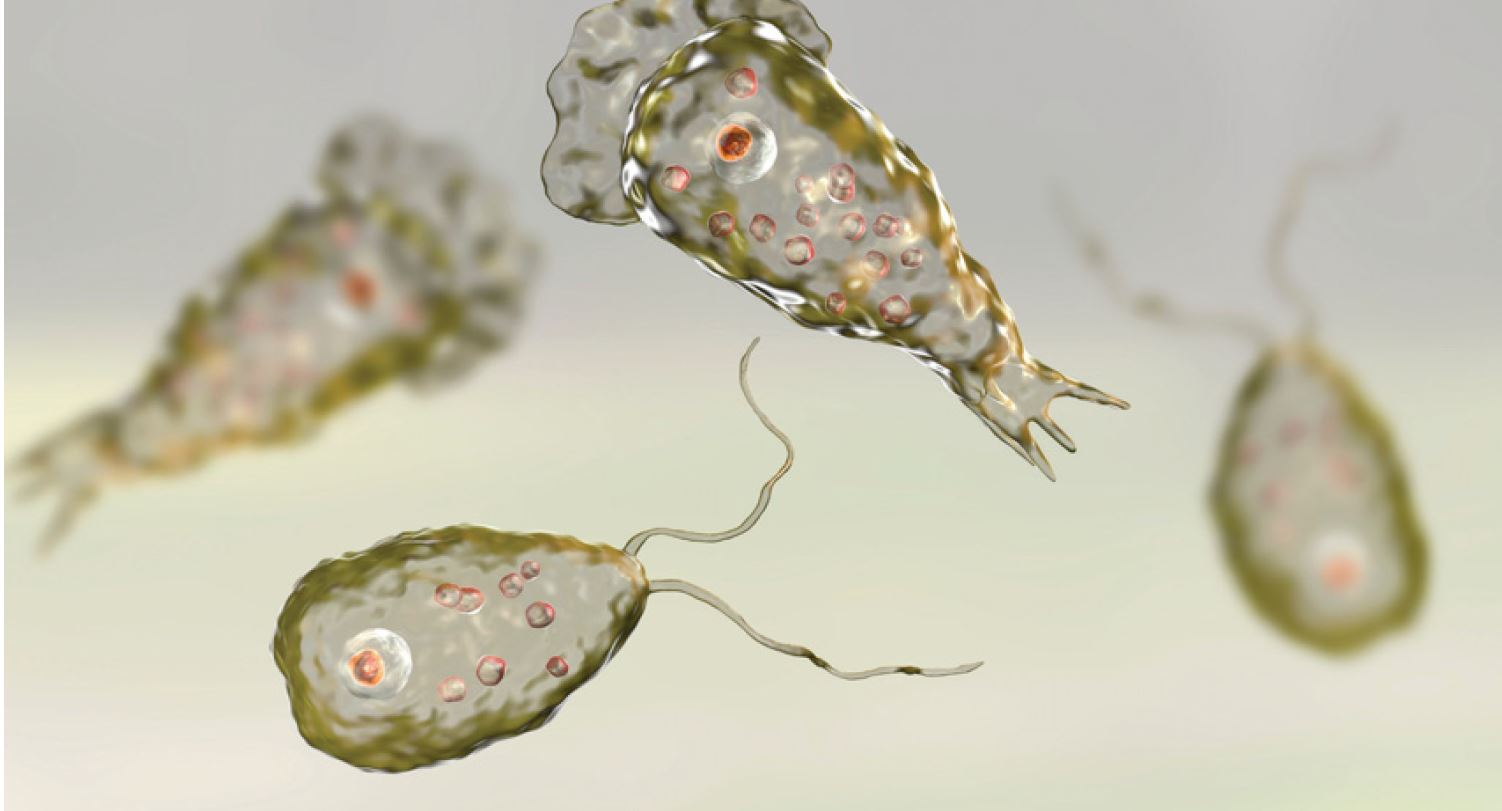Kerala is witnessing a disturbing uptick in cases of Primary Amoebic Meningoencephalitis (PAM), a rare and often fatal infection caused by the so-called “brain-eating amoeba” — Naegleria fowleri. As of September 14, health authorities have confirmed 66 cases and 17 deaths linked to the disease this year, with seven of those fatalities reported just this month.
The most recent patient is a 17-year-old boy from Thiruvananthapuram, who had visited the swimming pool at Akkulam Tourist Village a day before developing symptoms. In response, officials closed the facility and began testing its water quality.
While historically linked to contaminated freshwater sources like ponds and lakes, recent cases have baffled experts. Infections have also been reported in individuals who bathed exclusively at home. One particularly troubling case involved a three-month-old infant with no exposure to outdoor water bodies, raising new concerns about unknown transmission routes.
Health Minister Urges Strict Water Safety Measures
In light of the growing crisis, Kerala’s Health Minister Veena George has urged the public to take water hygiene seriously and follow protective guidelines.
“We have to create a strong defence against amoebic meningoencephalitis. We must ensure that we do not wash our face or take a bath in stagnant or polluted water, including water bodies where cattle are bathed,” she said.
She also stressed the importance of regular and scientific chlorination of water sources like wells and public pools.
“Water storage facilities at homes should be kept clean. The amoeba enters your brain through your nose, so ensure that water does not enter your nose,” George added.
Tourist destinations and water parks have been instructed to keep maintenance logs and adhere to strict sanitation protocols.
Public Anxieties Deepen as Transmission Patterns Shift
Previously, PAM was mainly associated with swimming or bathing in untreated freshwater during warm weather. The amoeba enters the body via the nasal passage, typically during activities like diving or bathing, and rapidly travels to the brain.
However, as home-based infections come to light, health officials admit they may need to revisit current assumptions. Cases involving patients with no known contact with natural water sources point to potential new pathways of infection, though these remain under investigation.
Despite the unsettling rise in infections, Kerala’s current fatality rate of 24% is significantly lower than the global average of 97%, offering some cautious optimism to healthcare professionals.
Recent Deaths Add to Growing Toll
The month of September has proven especially grim, with Shobhana, a 56-year-old woman from Malappuram, dying at Kozhikode Medical College Hospital after contracting the disease. Ratheesh, a 45-year-old from Sulthan Bathery, also succumbed to PAM while receiving treatment at the same facility.
The state’s Integrated Disease Surveillance Programme (IDSP) has revised earlier figures after initially underreporting fatalities. Previously listed as only two confirmed deaths, the number has now been updated to 17 confirmed deaths and 66 infections, with some cases still under review.
Officials Intensify Surveillance, But Challenges Persist
State health authorities are scaling up surveillance, testing, and public education across districts where cases have emerged. Efforts include fever surveys, water safety drives, and environmental monitoring in high-risk areas.
“Continuous vigilance, enhanced surveillance, and strict IEC measures are essential,” a senior health department official told ANI.
Though officials recommend practical precautions—like using nose clips, avoiding exposure to untreated water, and ensuring proper chlorination—they acknowledge these measures are not foolproof, especially with unexplained home-based cases.
PAM Not Kerala’s Deadliest Disease—But Among the Most Feared
While PAM is drawing public fear due to its high mortality rate and mysterious spread, it is not the deadliest infectious disease in Kerala this year. Leptospirosis leads with 139 deaths, followed by hepatitis A (58), seasonal fevers (38), dengue (33), and rabies (23).
Still, the uncertainty surrounding PAM transmission has created widespread anxiety. Experts say open water bodies like rivers and ponds can’t be feasibly treated or monitored, making public cooperation and awareness vital in the absence of medical breakthroughs.


